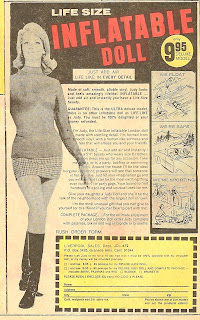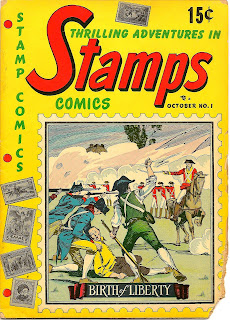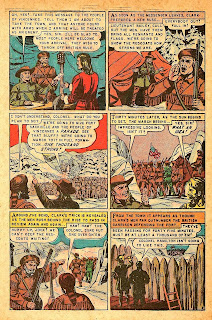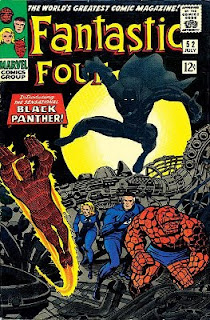Enjoy "The Leopard Men" with art by Stephen Kirkel.



























"Returning to his native Haïti (born in Port-au-Prince) after 12 years (originally nearly 20[4]) of education and practice as an accredied psychologist in the United States, Jericho Drumm discovers that his twin brother, Daniel, the local houngan, is dying, a victim of a voodoo sorcerer who claims to be possessed by the spirit of the serpent-god Damballah. Just before he dies, Daniel makes his brother vow to visit Daniel's mentor, Papa Jambo. Jericho does, and becomes Jambo's student. After studying under the aged houngan for several weeks, Jericho gains a greater mastery of voodoo practices than his own brother, becoming a houngan in his own right. Papa Jambo then performs a rite that summons Daniel's spirit from the dead and joins it with Jericho's own. Having fashioned a worthy successor, Papa Jambo dies.
Taking the name Brother Voodoo, Jericho challenges the priest, who goes by the same name as his god Damballah, and his cult. With the help of his Daniel's spirit possessing one of the cult members, Jericho removes Damballah's artifact of power (wangal), causing Damballah's snakes to turn on him and evidently destroying Damballah's cult. Brother Voodoo became Haïti's houngan supreme and champion, and establishes a sprawling mansion as a base of operations. He places the wangal in a safe, its combination known only to Brother Voodoo and his manservant Bambu.["












Tallarico in a 2006 interview said that he and Dell writer Arneson co-created the character based on an idea and a plot by Tallarico, with Arneson scripting it.
| "I had an idea for Lobo. And I approached D.J. Arneson and he brought it in and showed it to [Dell editor-in-chief] Helen Meyer. ... She loved it. She really wanted to do it. Great, so we did it. We did the first issue. And in comics, you start the second issue as they're printing the first one, due to time limitations. ... All of the sudden, they stopped the wagon. They stopped production on the issue. They discovered that as they were sending out bundles of comics out to the distributors [that] they were being returned unopened. And I couldn't figure out why. So they sniffed around, scouted around and discovered [that many sellers] were opposed to Lobo, who was the first black Western hero. That was the end of the book. It sold nothing. They printed 200,000; that was the going print-rate. They sold, oh, 10-15 thousand." |


